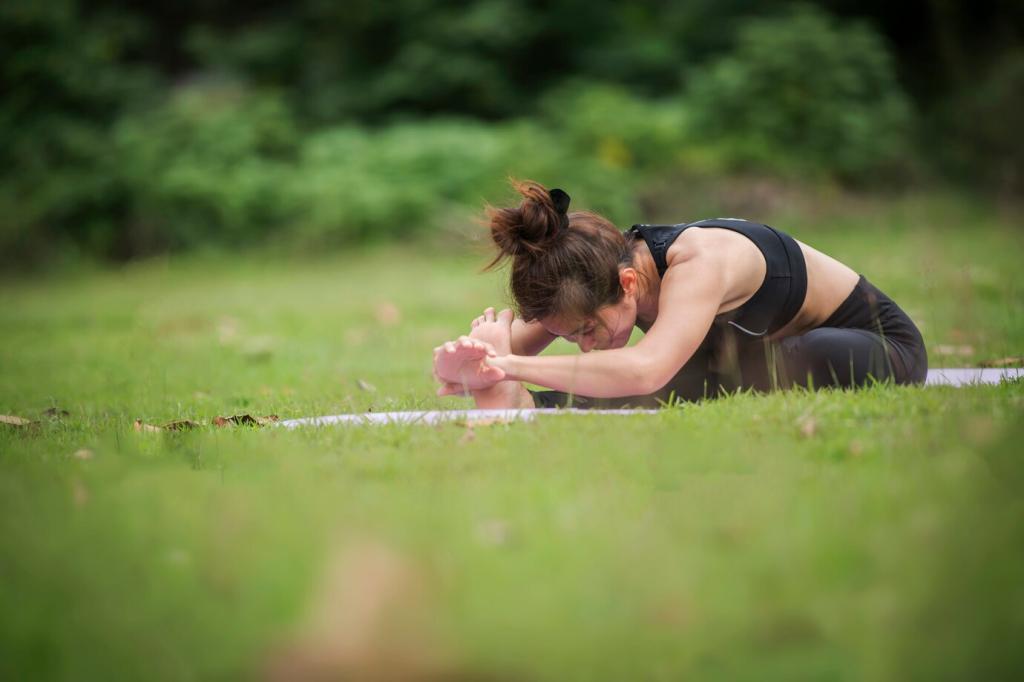
Move Safer With Mindfulness
Chosen theme: The Role of Mindfulness in Preventing Injuries. Welcome to a space where focused attention, calm breathing, and body awareness turn into practical, everyday protection. Read on, try the micro-practices, and subscribe to keep mindful safety tips flowing into your routine.
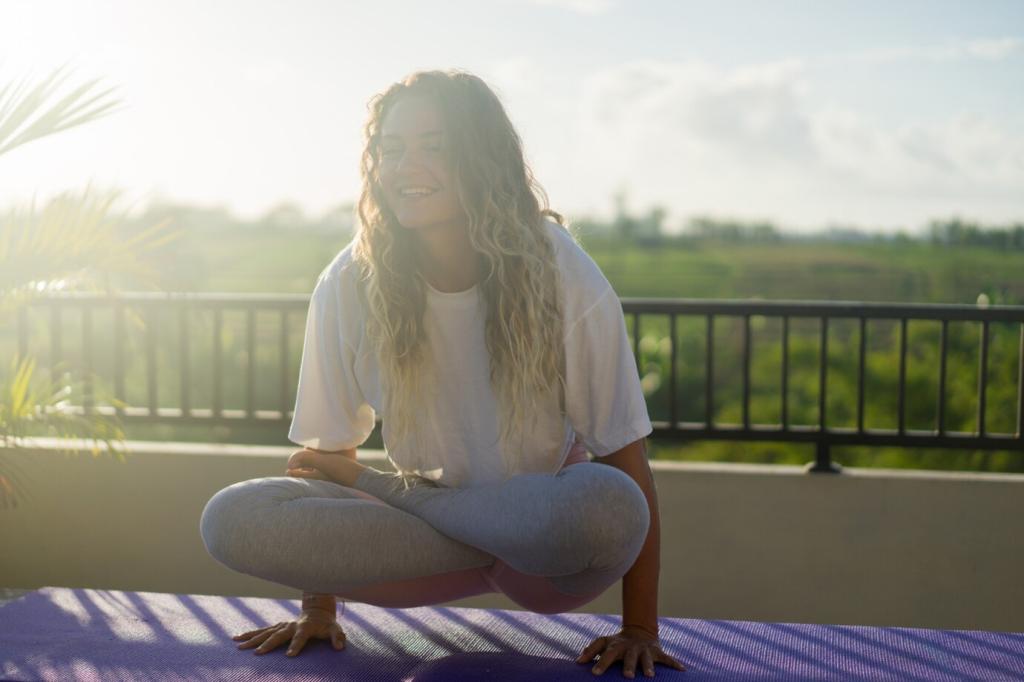
Attention as a Safety Net
Your attention can catch misalignments before they become injuries. Notice foot placement, grip pressure, and joint angles in real time, rather than replaying yesterday’s plans. Tell us one small detail you intend to watch during your next workout or daily walk.

Breath as an Early-Warning System
When breathing turns choppy or shallow, it often signals rising tension and compromised form. Use three slow nasal breaths to reset posture and pacing. Try this on your next set or stair climb, then report back which movement felt safer after the reset.
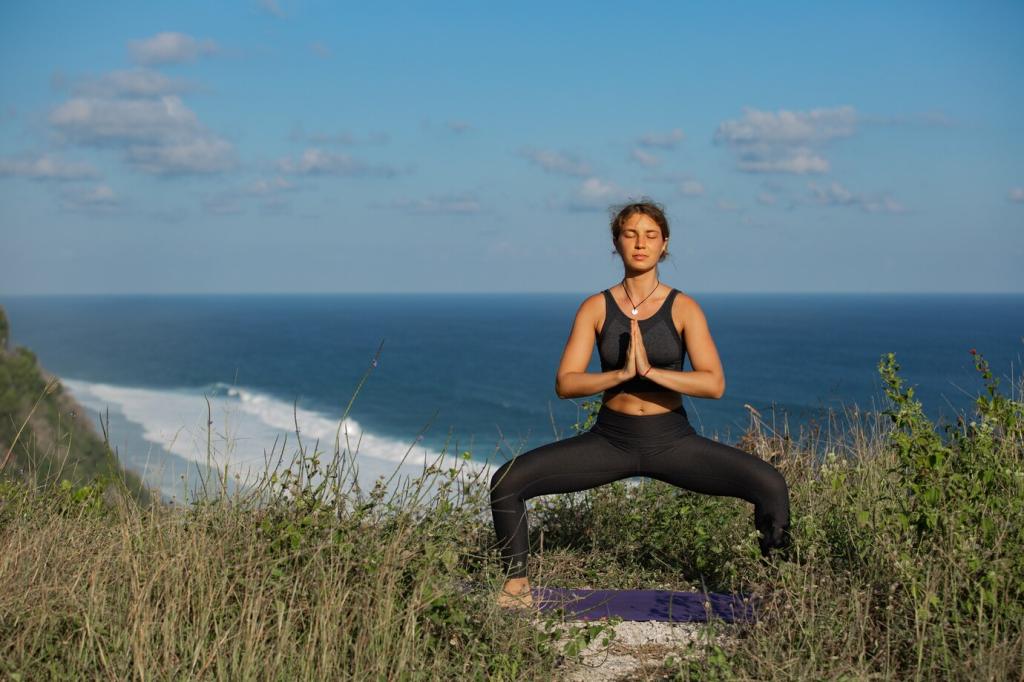
Nonjudgment Helps You Adjust Faster
Judgment locks you into bad patterns; curiosity lets you pivot. If a motion pinches, note it without blame and modify load, angle, or tempo. Comment with one modification you used today that kept you moving safely while still feeling challenged.
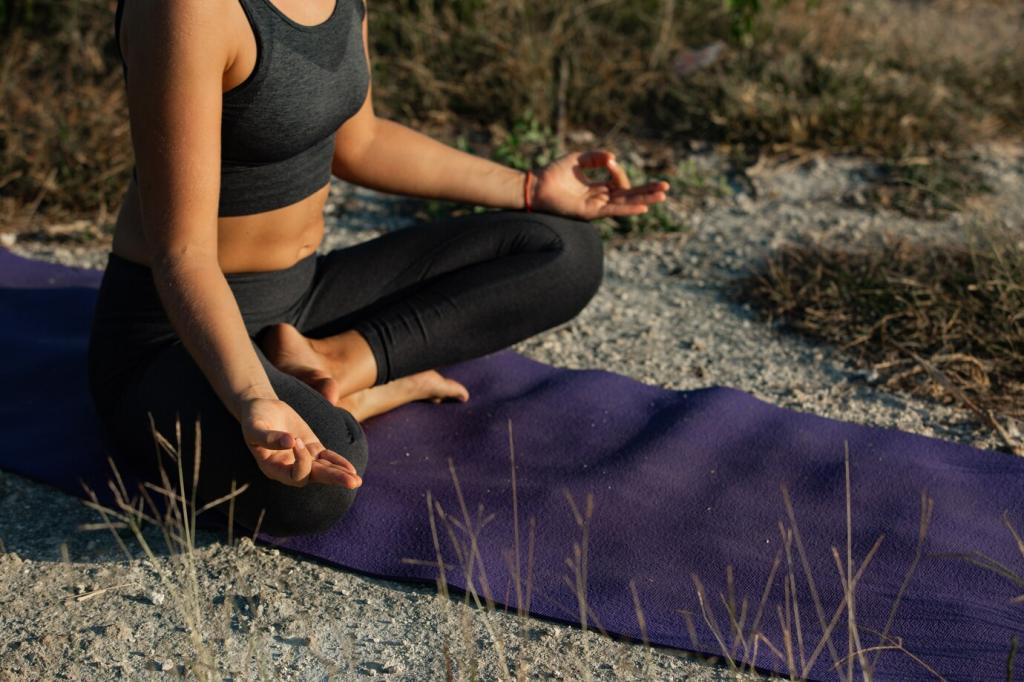
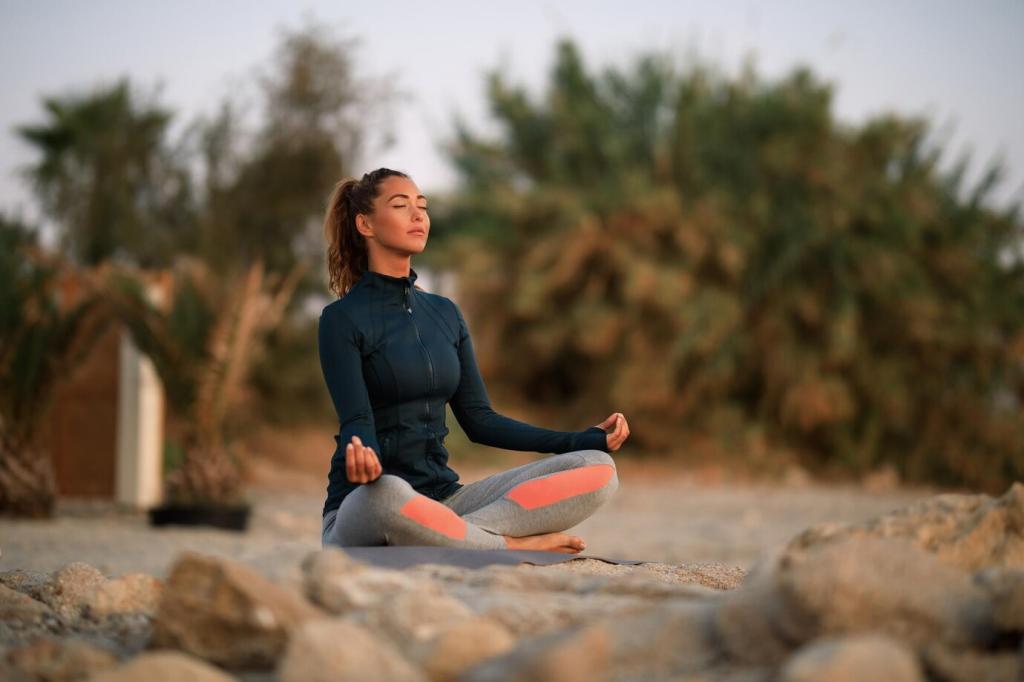
Science Snapshot: Why Mindfulness Lowers Injury Risk
Injury often follows tiny errors—misplaced steps, rushed grips, or distracted turns. Mindfulness trains sustained focus, reducing those micro-mistakes. Try a one-minute attention drill before training, then share whether your first few reps felt cleaner and more deliberate than usual.
Science Snapshot: Why Mindfulness Lowers Injury Risk
Mindfulness strengthens body awareness—your sense of joint position and movement in space. This sharpens balance and alignment, especially during unstable tasks. Test it with a slow single-leg stance while breathing evenly, then tell us what you noticed about ankle wobble and knee tracking.
Story: The Runner Who Paused Before the Pop
It was not pain, just a patterned tug when the downhill cadence quickened. Instead of pushing through, he scanned breath, posture, and foot strike. Tell us about a subtle sensation you noticed lately that signaled, kindly but clearly, to adjust before trouble grew.
Story: The Runner Who Paused Before the Pop
Evan shortened his stride, softened the knee, and dialed down pace by five percent. He checked form each minute with a breath cue. Try a similar pivot during your next session, then comment on how a small change preserved comfort and control.

Protective Warm-Ups Infused With Mindfulness
Three-Breath Body Scan Ritual
Stand tall, inhale slowly through the nose, and scan from crown to toes. On each exhale, soften jaw, ribs, and hips. Ask yourself, Where do I feel bracing? Share one area that consistently relaxes for you after this three-breath ritual during busy days.
Tempo Rehearsals for Safer Patterns
Rehearse the key movement at a slow, even tempo before loading it. Count three seconds down, one second pause, two seconds up. Notice joint tracks and balance. Try two mindful rehearsal sets today, then tell us what mechanical tweak improved your stability most.
Clear Abort Signals Save Sessions
Decide your stop rules before you start: sharp pain, repeated form breakdown, dizziness, or erratic breath. Honor any signal without bargaining. Post your top two abort cues publicly—accountability helps—and check back next week to report how often they protected your training.
Applying Mindfulness Anywhere You Move
Agree on a quick cue—“breathe, check, communicate”—before restarts. One mindful inhale, a posture check, and a callout reduce chaotic collisions. Experiment during your next practice, then share whether plays felt cleaner and teammates more aware of space under pressure.
Applying Mindfulness Anywhere You Move
Mindful lifters respect the lowering phase, keeping tension smooth through full range. Pair it with pre-chosen exits: safe dumps, spotter calls, or rep caps. Try one mindful eccentric set today and comment on how control influenced joint comfort and bar path consistency.
Applying Mindfulness Anywhere You Move
Every thirty minutes, inhale deeply, soften shoulders, and look far to relax eye muscles. Stretch fingers and rotate wrists slowly. Track discomfort before and after. Share your most effective micro-pause sequence so fellow readers can protect hands, necks, and backs together.
Habit Design That Keeps You Injury-Aware
Attach a breath check to shoelace tying, a posture scan to opening your training app, and a balance pause to water breaks. Stacking reduces effort. Tell us which anchor you chose today and how it kept your awareness alive without extra time.
Harsh reminders create resistance. Choose gentle nudges—sticky notes with a cue word, soft chimes, or calendar dots. Make the prompt kind and brief. Share a photo or description of your favorite cue so others can borrow it and stay consistent.
Alongside reps and mileage, log sensations: stiffness levels, breath ease, focus quality, and any tweak. Patterns emerge quickly. Try this for one week, then comment with one pattern you discovered that helped you adjust training and dodge unnecessary strain.
